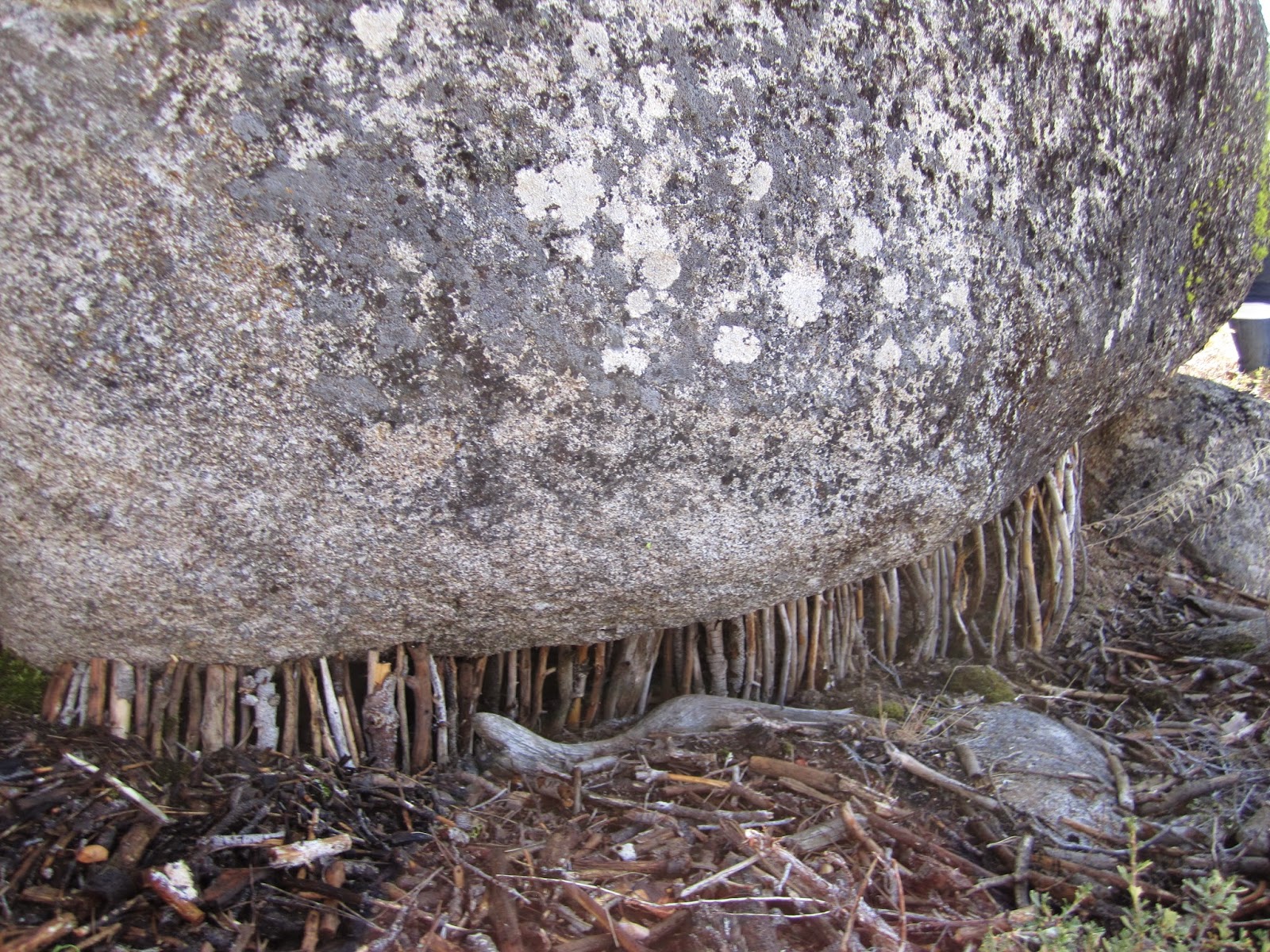SNC 3D-Practices
Monday, October 27, 2014
Tuesday, October 21, 2014
Wednesday, August 20, 2014
Sunday, August 17, 2014
The One Bag Challenge
One bag of clay one hour. Take a twenty-five pound bag of clay and make that material as high as you can. Think about form and structure and what that material can offer. All materials have strengths and weaknesses , it is your groups job to create a strategy to build the highest tower or form. It may not
 be supported by or rest on any none clay material.
be supported by or rest on any none clay material.
Discovery Education's Clip Art Gallery created
by Mark A. Hicks, illustrator.

Discovery Education's Clip Art Gallery created
by Mark A. Hicks, illustrator.
Sunday, April 13, 2014
Final Project:
Make an Art Machine
by Ariel Zych

SciFri Science Club Challenge: #MachineArt
1. Safely find, build, or hack a machine that makes art.
2. Share pictures and videos of your art machine on social media with #MachineArt, or by e-mailing us.
3. Inspire and get inspired by #MachineArt examples and project submissions.
We collaborated with the folks at the Tinkering Studio at the Exploratorium in California to craft this art machine challenge. So what’s an art machine? We define it as any device that changes the direction, duration, or magnitude of some force to make art. To
get your wheels turning, think about motion and mechanisms, look around
for some kinetic inspiration, and consider your artistic media. Then
put on your tinkering tunes, and begin making, engineering, designing,
and hacking to make art happen. We’ll meet back in a month to discuss
what you’ve sent in.
This Science Friday Science Club project is a collaboration with:
For the purposes of this project, an art machine is any device
that changes the direction, duration, or magnitude of a force in order
to make art. Your machine can be simple or complex, analog or
computerized, manual or electronic, so long as it makes art! Machines
that are intended for another task, if safely and legally repurposed to
make art, are fair game. Beyond that, there are no limits and no
“winners”—just a healthy does of curiosity and innovation. Get ideas
from these examples and shared projects, and check out The Art of Tinkering, a book by the folks at The Tinkering Studio who helped us develop this project.
What counts as art?
This is a complicated question, open to interpretation. We
recommend sticking with visual arts, but if you make a dancing or
music-playing robot, that’s cool, too.
How am I supposed to build a machine?
In The Art of Tinkering,
a book by our friends at the The Tinkering Studio at the Exploratorium,
you can find inspiration and guidance from hundreds of makers that will
get you started on your first tinkering project. We were inspired by an
invention they call a scribbling machine, which might give you ideas for your art machine.
How do I do this safely?
The best practice for any kind of experimentation is to wear
protective clothing and safety goggles, work in a well-lit and
well-ventilated area, avoid hazardous materials and high voltages, and
carefully read and follow the safety information that comes with any
materials or tools you use. Please refrain from using or involving live
animals in your projects, and be otherwise lawful and courteous in your
endeavors.
What social media tools can I use to share my project?
Twitter – Tweet a picture or video @SciFri with #MachineArt
Facebook – Post a picture or video to your timeline using #MachineArt
Instagram – Instagram a picture or video using #MachineArt
Vine – Post a vine of your project using #MachineArt
Pinterest – Post a picture of your project using #MachineArt
YouTube – Upload a video of your project using #MachineArt
Email – Send a picture or video to scienceclub[at]sciencefriday.com
Subscribe to:
Comments (Atom)




















